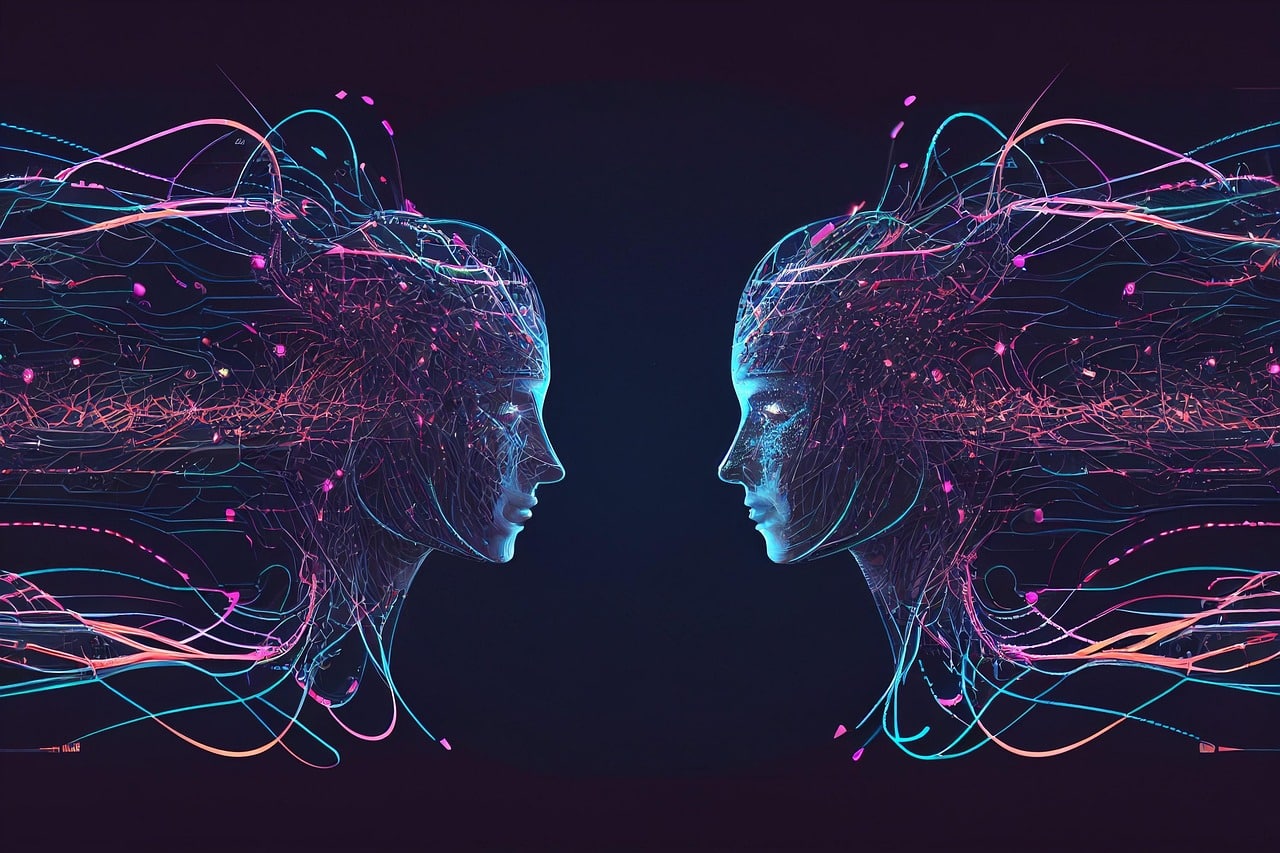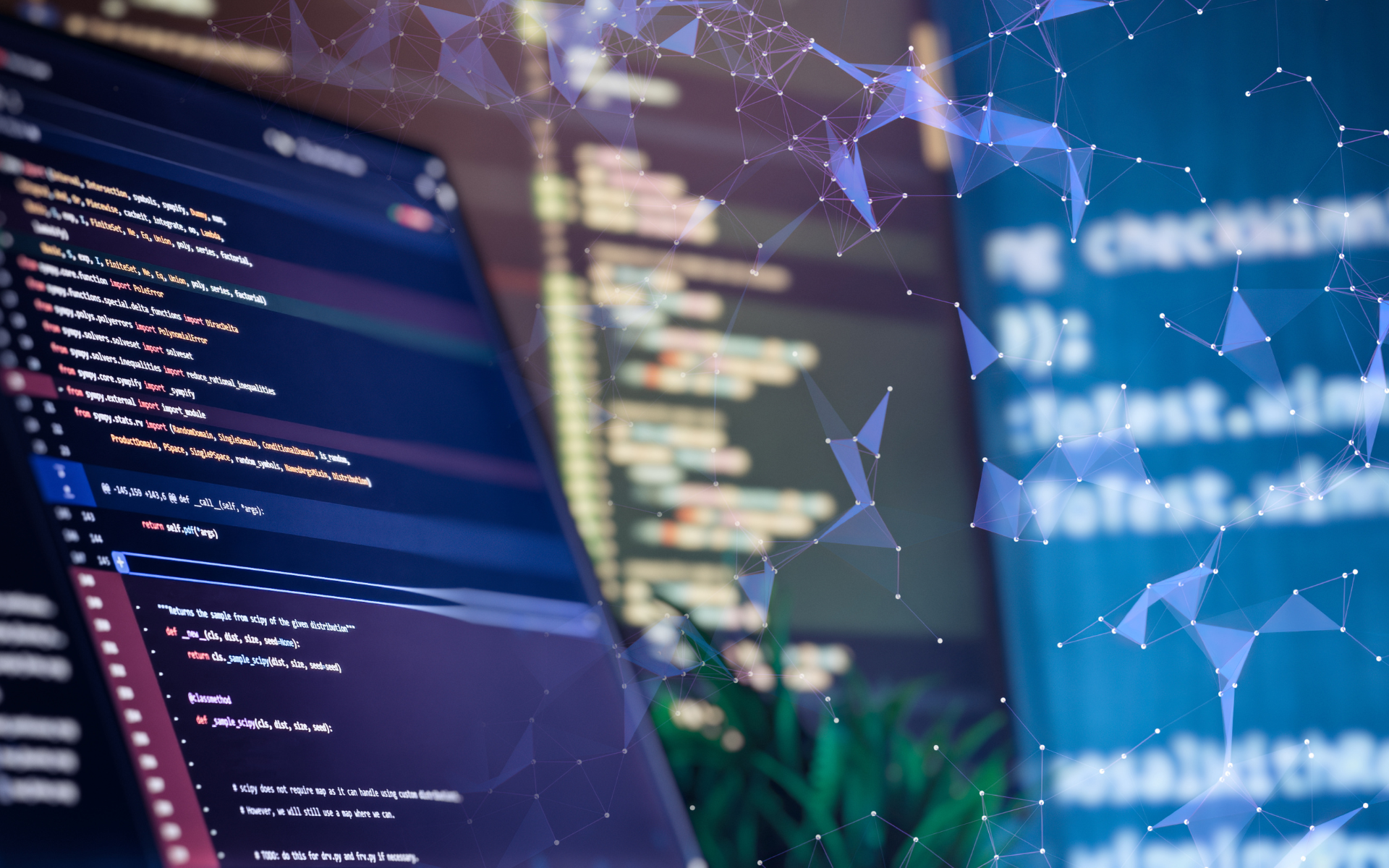
How ChatGPT works
ChatGPT is one of the most talked-about and widely used artificial intelligence models in recent years. Developed by OpenAI, it has gained popularity for its ability to understand natural language and generate coherent, human-like responses. But what’s really going on “under the hood” of this technology?
Many of us now use it almost daily to answer questions or to create content, but few really understand how it works and the technology. Knowing it is certainly useful, also to understand possible future evolutions.
Large Language Models (LLMs)
At the core of ChatGPT is a type of model called an LLM, or Large Language Model. These are deep neural networks trained on massive volumes of text sourced from the internet, books, articles, and other publicly available content. The training process involves teaching the model to predict the next word in a sentence, given the previous ones. This simple predictive mechanism, repeated billions of times on powerful computing infrastructure, enables the model to learn grammar, syntax, writing styles, and even some basic logic.
The Transformer
ChatGPT is built on the Transformer architecture, first introduced by Google in 2017. This neural network design has proven highly effective in handling natural language understanding and generation tasks. The Transformer uses a mechanism called self-attention to analyze the context of words in a sentence, determining which terms are most relevant to generate a coherent response. This approach allows the model to maintain consistency and handle complex conversations.
Training
One of the defining characteristics of ChatGPT is the sheer size of the model. The latest versions, such as GPT-4, contain hundreds of billions of parameters—these are the internal values that govern how the neural network behaves. During training, these parameters are updated iteratively, refining the model’s ability to produce relevant and meaningful outputs. Training requires weeks or even months of computation on thousands of GPUs and is a critical phase in determining the model’s effectiveness.
Inference
When a user sends a message, the model switches into inference mode. In this phase, ChatGPT takes the input text, processes it using its attention mechanisms, and generates a response word by word, aiming for coherence and relevance. The model doesn’t “understand” language in the human sense but works based on statistical patterns it has learned during training. Despite this, it can simulate a surprisingly natural and engaging conversation.
Fine-Tuning and Reinforcement Learning
Beyond the initial training, ChatGPT undergoes an additional phase called fine-tuning. In this step, the model is refined using specific datasets and targeted instructions. OpenAI has also implemented a technique known as Reinforcement Learning from Human Feedback (RLHF), where human reviewers rank and guide model outputs to improve quality and safety. This helps minimize the risk of incorrect, inappropriate, or misleading answers.
ChatGPT represents a major leap forward in artificial intelligence and natural language processing. However, it’s important to remember that it is still a statistical model, lacking consciousness or true understanding. Its function relies on language analysis, not genuine intelligence. That said, its ability to handle complex dialogue makes it a powerful tool for virtual assistance, content creation, coding, and many other tech-related fields.
For tech enthusiasts and those curious about how we interact with advanced AI models, understanding how ChatGPT works is a great starting point to explore an ever-evolving landscape.








